How reliable are additively manufactured alloys under very high cycle fatigue (VHCF) loading?
Ultrasonic fatigue testing systems USF-2000 and USF-2000A
Selective laser melting (SLM) technology for additive manufacturing has advanced in recent years. Since the additive manufacturing process offers a high level of design freedom, it is used to create lightweight structures. It is possible to optimize their topology and in this way to create new designs with significantly lighter components.
However, prior to using SLM components in the automotive and aerospace industry and for the sake of safety and cost-effectiveness, the required fatigue strength must be guaranteed.
Process- and microstructure-based assessment of performance
Although the performance of SLM components is given under static loads, their fatigue strength is greatly reduced due to process-induced porosity. Even a (residual) porosity of less than 0.4 % seriously affects reliability under fatigue loading [1,2].
In order to prevent fatigue failure of SLM-manufactured structures, a microstructure-based process-specific characterization of the performance has to be carried out. Using new test methods based on ultrasonic fatigue, failures with very high cycle fatigue (VHCF) for loads below the so-called ‘fatigue limit’ were determined [3,4]. Moreover, in the HCF to VHCF range, some alloys with body-centered cubic (BCC) and face-centered cubic (FCC) lattice systems show a shift in crack initiation from the surface to the inner volume of the material [5].
Production and HCF fatigue properties of SLM-AlSi12
Using a commercial SLM system, samples of the aluminum alloy AlSi12 were manufactured in an inert argon gas environment. Quasi-static tensile strength tests were performed in accordance with ISO 6892-1: 2009. Evaluation of the HCF fatigue behavior was performed under load increase and constant amplitude tests with a frequency of 20 Hz.
The process optimization results, tensile and HCF fatigue characteristics as well as the measurement and test methodology used to evaluate process-induced damage and its effect on the characteristics have been described in literature [1,2,6]. These studies serve as the basis for determining the effects of process-induced defects on the VHCF fatigue behavior until 1E9 cycles.
New experimental methodology with ultrasonic fatigue – testing system USF-2000
Tests to determine fatigue strength in the VHCF range were performed using Shimadzu’s USF-2000 ultrasonic fatigue testing system at a frequency of 20 kHz and a load ratio of -1, i.e. fully-reversed (without mean load). Figure 1 shows an overview of the USF-2000 testing system.
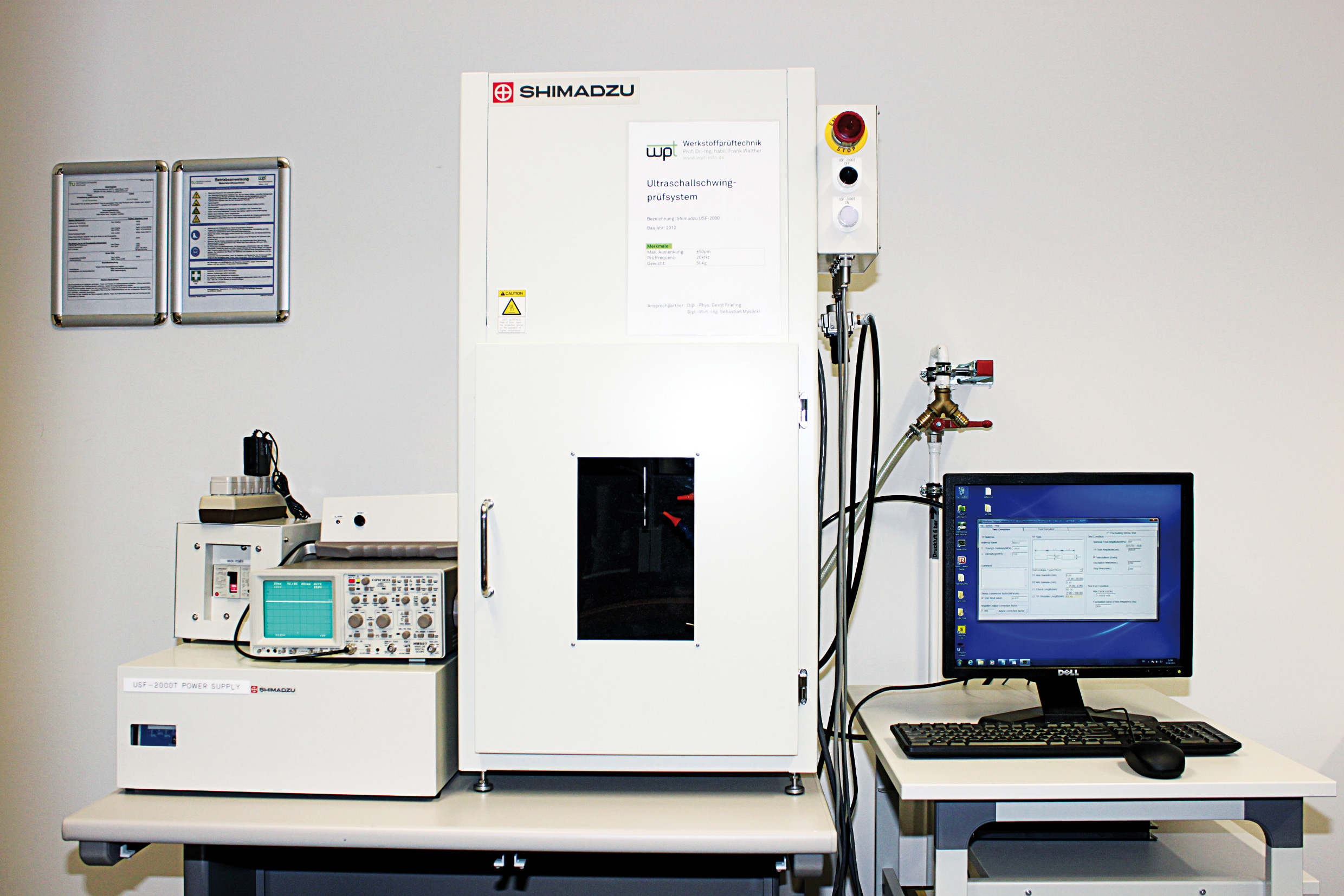 Figure 1: Shimadzu’s USF-2000 ultrasonic fatigue testing system (in standard configuration)
Figure 1: Shimadzu’s USF-2000 ultrasonic fatigue testing system (in standard configuration)
Samples with the geometry shown in figure 2 were clamped at the threaded end of the testing system and were free to move at the bottom end. In the testing system, a piezoelectric crystal is used as an actuator and oscillates at 20 kHz.
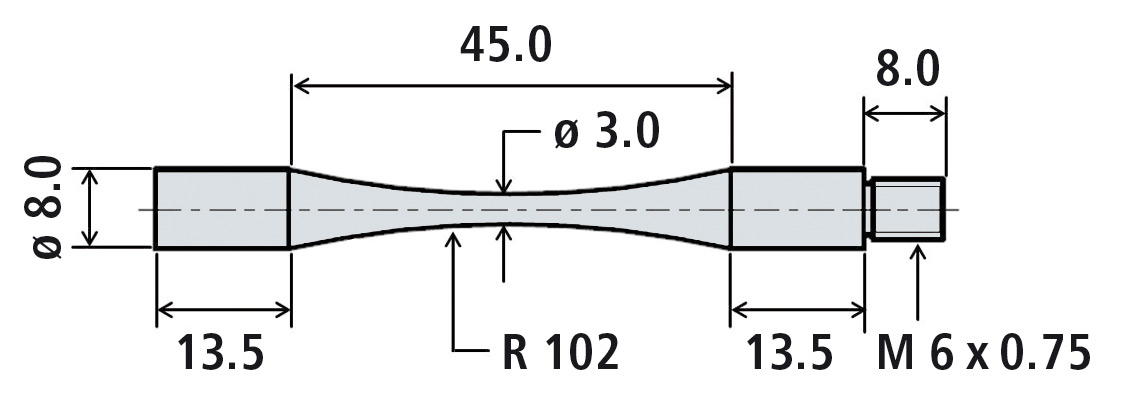 Figure 2: Sample geometry in mm for AlSi12 aluminum alloy
Figure 2: Sample geometry in mm for AlSi12 aluminum alloy
The design is such that maximum stress is experienced at the middle of the sample and maximum displacement occurs at the free end of the sample.
To eliminate temperature increases induced by deformation at high test frequency, the samples were tested at a suitable pulse-pause ratio and were in addition cooled using compressed air. To determine the fatigue strength at 1E9 cycles, the staircase method was used. If a sample fails, the stress in the following test will be lowered; if the limited number of cycles is attained, the load will be increased in the following test. Sample failure in the testing system is detected by means of the change in the resonance frequency and the test is terminated automatically.
Microstructure and VHCF fatigue properties of SLM-AlSi12
Two batches of AlSi12 alloy were tested: for batch I, base plate heating (BPH) was omitted in the SLM system; whereas batch II samples were manufactured using a heated base plate at 200 °C. Figure 3 shows microstructural images of the two batches.
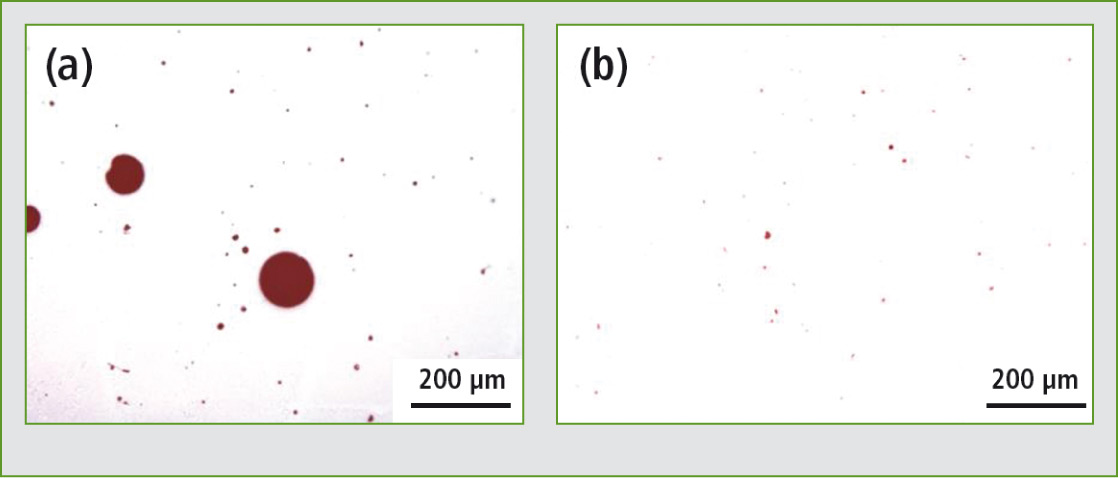 Figure 3: Microstructural images for AlSi12 samples of batch I without base plate heating (BPH) (a) and batch II with BPH (b)
Figure 3: Microstructural images for AlSi12 samples of batch I without base plate heating (BPH) (a) and batch II with BPH (b)
There is a clear difference in the pore fraction of the samples without and with BPH, i.e. samples with BPH do not exhibit large-size, fatigue-critical gas pores. The reduction of large pores is attributed to the degassing process in the manufacturing chamber due to preheating. Figure 4 shows exemplary Woehler (S,N) curves for both AlSi12 batches in the range of high to very high cycle fatigue. The test results illustrate that a fatigue fracture in the VHCF range can occur for both batches and that the fatigue strength of samples with BPH is about 45 % higher than that of samples without BPH.
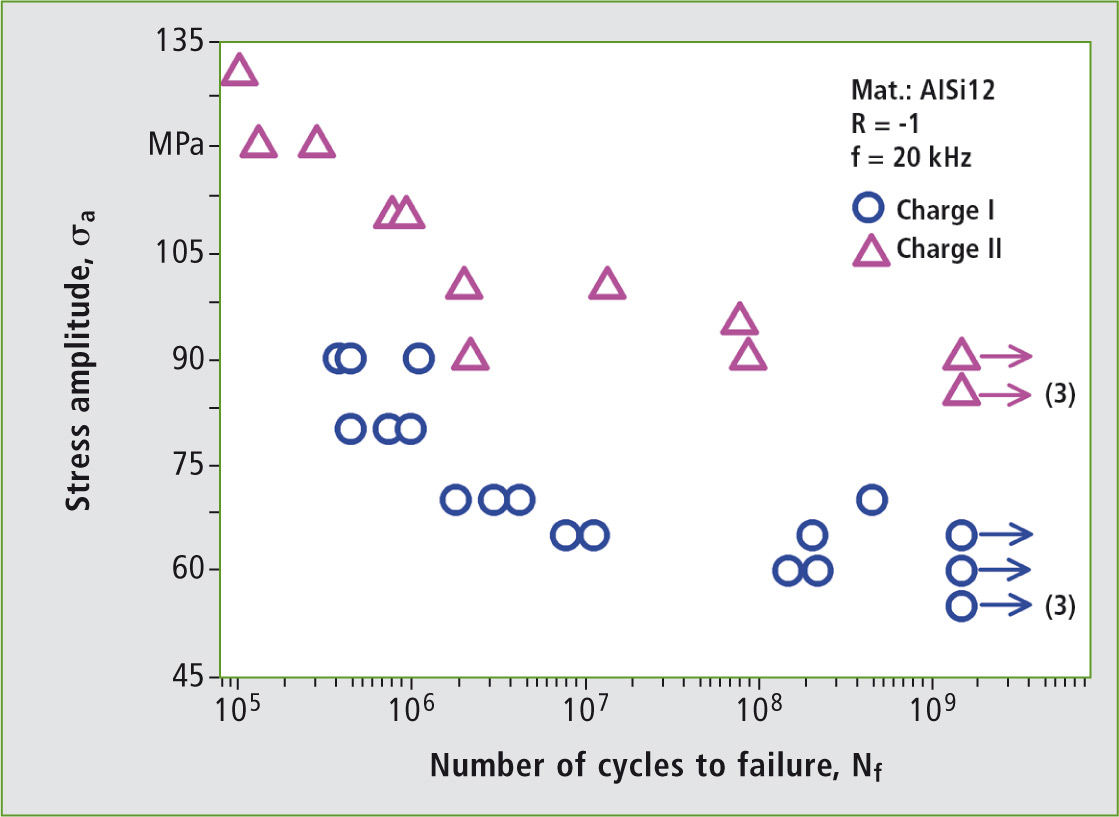 Figure 4: Woehler (S,N) curves for AlSi12 samples of batch I without BPH and batch II with BPH
Figure 4: Woehler (S,N) curves for AlSi12 samples of batch I without BPH and batch II with BPH
New experimental methodology with ultrasonic fatigue and mean load application – testing system USF-2000A
To determine the fatigue strength in the VHCF range under concurrently applied mean stress, Shimadzu’s USF-2000A ultrasonic fatigue testing system is used (figure 5). In addition to the above results under fully-reversed loading, i.e. at a load ratio of -1, the influence of static mean stress on the VHCF fatigue strength can be characterized for different load ratios.
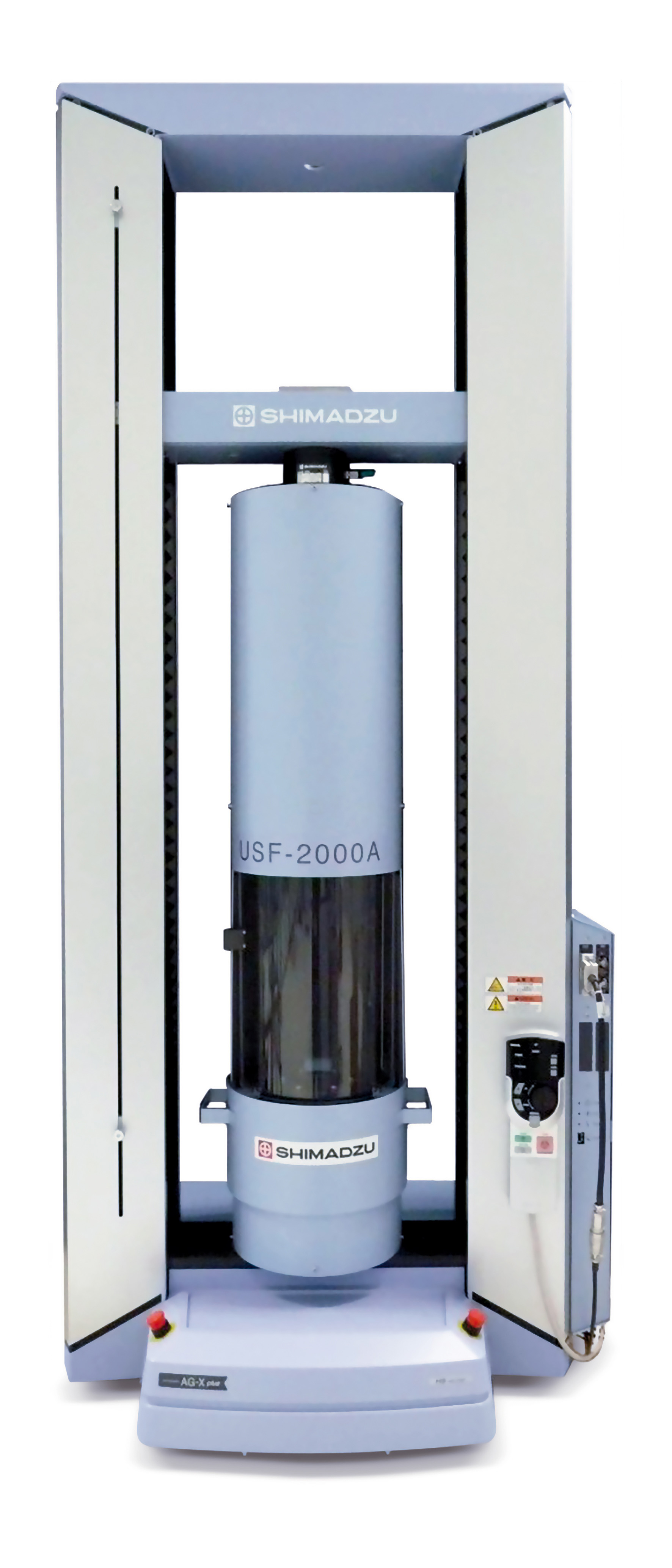 Figure 5: Shimadzu’s ultrasonic fatigue testing system USF-2000A (with mean load application)
Figure 5: Shimadzu’s ultrasonic fatigue testing system USF-2000A (with mean load application)
Summary and outlook
Developments in ultrasonic vibration testing systems significantly advance the state of the art. This allows detailed testing under realistic operational conditions and lifetime in the context of safety and cost-effectiveness. Very powerful tools are now available for reliable determination of the effect of SLM processing parameters on the resulting functional performance in a wide range.
Authors
M.Sc. Shafaqat Siddique, Dipl.-Phys. Gerrit Frieling, Prof. Dr.-Ing. Frank Walther
Technische Universität Dortmund
Fachgebiet Werkstoffprüftechnik (WPT)
Baroper Str. 303, D-44227 Dortmund
www.wpt-info.de
References
[1] Siddique, S.; Imran, M.; Walther, F.: Very high cycle fatigue and fatigue crack propagation behavior of selective laser melted AlSi12 alloy. International Journal of Fatigue 94 (2017) 246-254.
[2] Siddique, S.; Walther, F.: Fatigue and fracture reliability of additively manufactured Al-4047 and Ti-6Al-4V alloys for automotive and aerospace applications. Innovative Design and Development Practices in Aerospace and Automotive Engineering, Eds.: R. P. Bajpai, U. Chandrasekhar, ISBN: 978-981-10-1770-4 (2016) 1925.
3] Pyttel, B.; Schwerdt, D.; Berger, C.: Very high cycle fatigue – Is there a fatigue limit? International Journal of Fatigue 33 (2011) 49-58.
[4] Benedetti, M.; Fontanari, V., Bandini, M.: Very high cycle fatigue resistance of shot-peened high strength aluminium alloys. Experimental and Applied Mechanics 4 (2013) 203-211.
[5] Morrissey, R.J.; Nicholas, T.: Fatigue strength of Ti-6Al-4V at very long lives. International Journal of Fatigue 27 (2005) 1608-1612.
[6] Siddique, S.; Imran, M.; Rauer, M.; Kaloudis, M.; Wycisk, E.; Emmelmann, C.; Walther, F.: Computed tomography for characterization of fatigue performance of selective laser melted parts. Materials & Design 83 (2015) 661-669.